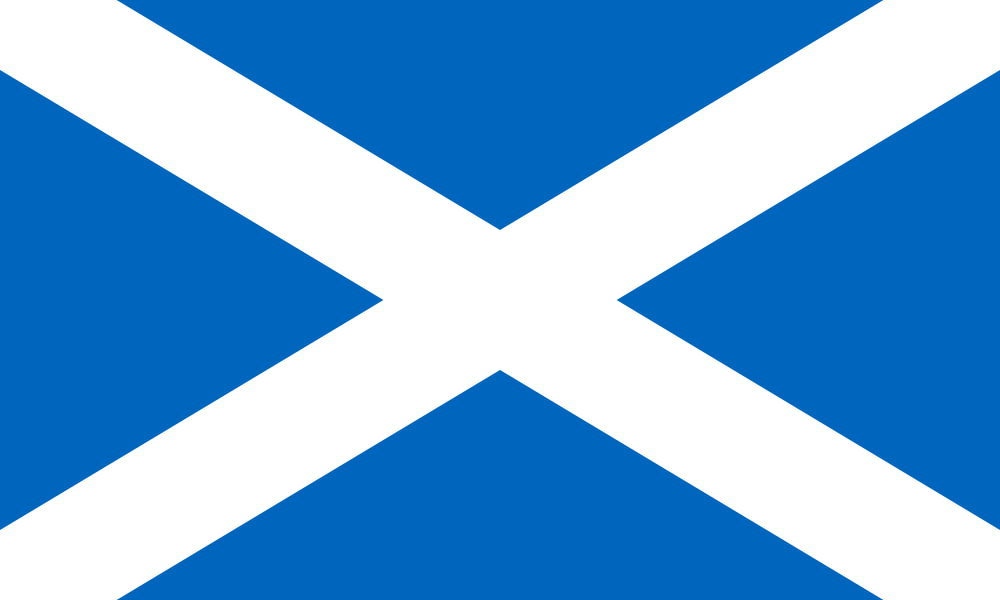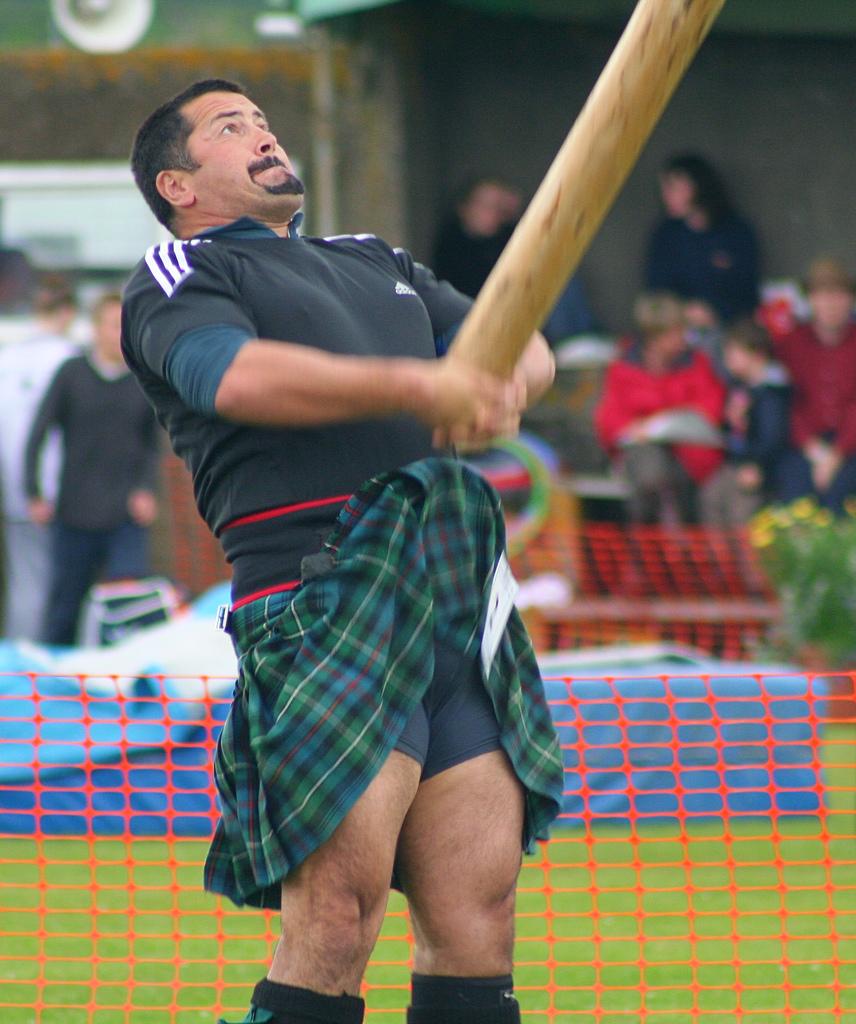Easy Text: An Introduction to Scotland

Scotland

Scotland has three main geographical areas, the Southern Uplands, the Central Lowlands and the Highlands. In the far north are the islands, the Hebrides, the Orkneys and the Shetlands. The population of Scotland is 5.1 million and most people live in the Central Lowlands. The Highlands in the north are mountainous and beautiful and fewer people live there. Agriculture is important in the south, while, like Norway, oil, tourism and hydroelectric power are important industries. Most of the industry is in the Central Lowlands.
Edinburgh (the capital) and Glasgow (the largest city) are in Central Scotland. People in Scotland speak Scottish Standard English, but there are also languages called Scots and Gaelic.
Scotland and Norway have always had close connections and there are similarities in their landscape and language. Kirk (kirke), bairn (barn) and gate (gate) are Scottish words which come from Scandinavian.
The Scots are proud of their musical traditions, sports and their national costume, the kilt. Only men wear the kilt. Braveheart is a film about Scotland which made the kilt even more popular.
- Who is Braveheart? Use the internet to find out. Why has he become such an important Scottish icon?
- There are many similarities between Norway and Scotland. Make a table like the one below and compare the two countries.
NORWAY | SCOTLAND | |
|---|---|---|
Size |
|
|
Population |
|
|
Climate |
|
|
Scenery |
|
|
Economy |
|
|